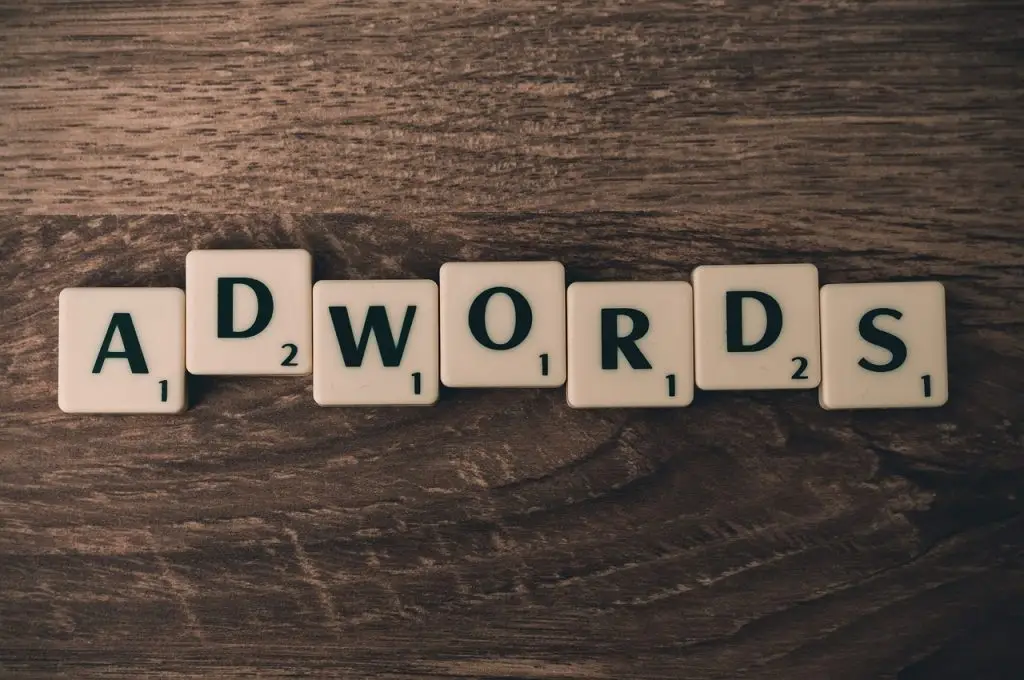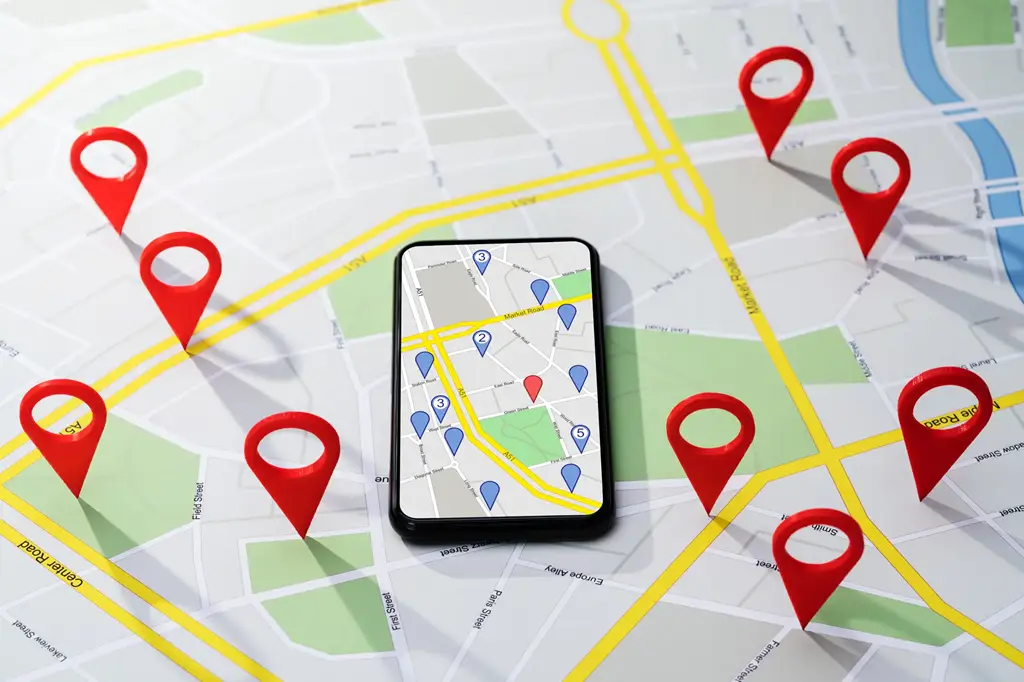Transform Your Online Presence: The Ultimate Guide to Website Design in Flintshire
In today’s digital landscape, a compelling online presence is essential for businesses in Flintshire. Your website is often the first point of contact with potential customers, and it’s here that first impressions matter most. A well-designed website not only highlights your brand but also drives engagement, conversion, and long-term loyalty. Whether you’re a start-up looking to make your mark or an established business aiming to refresh your online identity, understanding the core principles of website design is crucial.
This ultimate guide will walk you through the essential elements of creating a visually stunning and user-friendly website tailored to your audience’s needs.
From choosing the right layout and colour schemes to optimising for mobile and SEO, we’ll cover everything you need to transform your online presence. Get ready to dive into the world of website design that will elevate your Flintshire business above the competition!
Understanding the Importance of Website Design
In the digital age, for businesses, having a robust online presence is no longer optional — it’s essential. Your website often serves as the first impression potential customers have of your brand.
This is particularly important for businesses in Flintshire, where the local market is competitive, and standing out can mean the difference between success and obscurity. A well-designed website communicates professionalism, trustworthiness, and attention to detail, all of which are crucial in attracting and keeping customers.
Moreover, effective website design goes beyond aesthetics. It involves creating a seamless user experience that guides visitors toward taking desired actions, whether that’s making a purchase, signing up for a newsletter, or reaching out for more information. The design elements should work harmoniously to create a cohesive narrative that aligns with your brand’s mission and values. In Flintshire, where community ties and local reputation matter, a website that resonates with local sensibilities can significantly boost your business’s credibility and appeal.
Additionally, a modern, responsive website design can enhance your visibility on search engines, driving organic traffic to your site. With more potential customers starting their search for products and services online, having a website that is both visually appealing and functional can give you a competitive edge.
By understanding the importance of website design, you can create a digital presence that not only attracts but also keeps and converts visitors, ultimately contributing to the growth and success of your Flintshire business.

Key Elements of Effective Website Design
Effective website design is built on several key elements, each contributing to the overall user experience and effectiveness of the site. One of the foundational elements is layout. A well-structured layout ensures that information is presented in a clear and organised manner, making it easy for visitors to navigate the site. The layout should be intuitive, guiding users through the site’s content naturally and logically.
Another critical element is the use of colour schemes. Colours play a significant role in conveying your brand’s personality and evoking emotional responses from visitors. For businesses in Flintshire, choosing a colour palette that reflects local culture and values can create a sense of connection with the community. The colours should complement each other and be consistent throughout the site, enhancing the visual appeal without overwhelming the user.
Typography also plays a vital role in effective website design. The choice of fonts should reflect your brand’s identity and ensure readability across different devices. Consistent use of typography helps create a cohesive look and feel, making the content more engaging and easier to read. By paying attention to these key elements—layout, colour schemes, and typography—you can create a website that not only looks great but also provides a seamless and enjoyable user experience.
The Role of User Experience (UX) in Website Design
User Experience (UX) is a critical part of website design that focuses on optimising the overall interaction between the user and the website. A positive UX ensures that visitors can easily navigate the site, find the information they need, and complete desired actions without frustration. In Flintshire, where local businesses thrive on customer loyalty and community support, providing an exceptional user experience can significantly enhance customer satisfaction and retention.
One of the primary aspects of UX is intuitive navigation. Users should be able to find their way around your site with ease, without having to think too hard about where to go next. Clear, concise menus, logical page hierarchies, and easily accessible search functions all contribute to a smooth and enjoyable navigation experience. By prioritising intuitive navigation, you can reduce bounce rates and encourage visitors to spend more time on your site.
Another crucial aspect of UX is the accessibility of your website. This involves designing your site in a way that it can be used by people with various disabilities, including visual, auditory, and motor impairments. Implementing accessibility features such as alt text for images, keyboard navigability, and screen reader compatibility can make your website more inclusive and reach a broader audience. In Flintshire, where community inclusivity is valued, an accessible website can enhance your brand’s reputation and foster a sense of belonging among all users.
Responsive Design: Why It Matters for Flintshire Businesses
Responsive design is a web design approach that ensures a website looks and functions well on various devices, including desktops, tablets, and smartphones. With the increasing use of mobile devices to access the internet, having a responsive website is no longer a luxury but a necessity. For Flintshire businesses, a responsive design can significantly affect user engagement and conversion rates, as it ensures a seamless experience regardless of the device being used.
The primary benefit of responsive design is that it provides a consistent user experience across all devices. This means that whether a customer is browsing your site on a smartphone while on the go or on a desktop computer at home, they will have a similar and enjoyable experience. This consistency is crucial for building trust and loyalty among your audience, as it shows that you value their experience and have invested in making your site accessible to them on any device.
Moreover, responsive design positively affects your website’s search engine optimisation (SEO). Search engines like Google prioritise mobile-friendly websites in their search results, meaning that a responsive design can improve your site’s visibility and ranking. For Flintshire businesses, this can translate to increased organic traffic and more opportunities to attract local customers. By embracing responsive design, you can ensure that your website stays competitive in the ever-evolving digital landscape and continues to meet the needs of your audience.

Local SEO Strategies for Flintshire Websites
Local SEO (Search Engine Optimisation) is a crucial aspect of digital marketing for businesses that serve specific geographic areas, such as Flintshire. By implementing effective local SEO strategies, you can enhance your website’s visibility in local search results, making it easier for potential customers in your area to find your business online. This is especially important for small and medium-sized enterprises that rely on local clientele.
One of the fundamental strategies for local SEO is optimising your Google My Business (GMB) listing. Ensure that your GMB profile is complete and accurate, including your business name, address, phone number, website, and operating hours. Regularly updating your GMB listing with posts, exclusive offers, and customer reviews can also boost your local search ranking. Additionally, encourage satisfied customers to leave positive reviews, as these can significantly influence potential customers’ decisions and improve your local SEO performance.
Another effective local SEO strategy is incorporating local keywords into your website content. Find the search terms that potential customers in Flintshire are using to find businesses like yours and strategically include these keywords in your website’s meta titles, descriptions, headings, and content. Creating locally relevant content, such as blog posts about community events or local industry news, can also help attract local traffic and show your business as an integral part of the Flintshire community. By focusing on local SEO, you can increase your online visibility and attract more customers from your target area.
Choosing the Right Web Design Tools and Platforms
Selecting the right web design tools and platforms is a critical step in creating an effective website. The right tools can streamline the design process, enhance functionality, and ensure that your website meets your business’s unique needs. For Flintshire businesses, choosing tools that are user-friendly, customisable, and scalable can make a significant difference in the success of your online presence.
One popular web design platform is WordPress, which offers a wide range of themes and plugins that can be tailored to your specific needs. WordPress is known for its flexibility and ease of use, making it an excellent choice for businesses of all sizes. With its extensive library of plugins, you can add various functionalities to your site, such as e-commerce capabilities, SEO optimisation, and social media integration, without having to write code.
Another effective web design tool is Wix, which provides a drag-and-drop interface that allows users to create visually stunning websites without any coding knowledge. Wix offers a variety of templates and design elements that can be customised to match your brand’s identity. For businesses in Flintshire looking for a quick and effortless way to get online, Wix can be an ideal solution. Additionally, platforms like Squarespace and Shopify offer specialised features for businesses that require robust e-commerce capabilities.
Common Website Design Mistakes to Avoid
While designing a website, it’s easy to fall into common pitfalls that can negatively affect the user experience and overall effectiveness of your site. Being aware of these mistakes and taking steps to avoid them can help you create a more successful online presence for your Flintshire business.
One common mistake is cluttered design. Overloading your website with too many elements, such as excessive images, text, and animations, can overwhelm visitors and make it difficult for them to find the information they need. A clean, minimalist design with ample white space can create a more pleasant and focused user experience. Prioritise the most important content and design elements, ensuring that they stand out and guide visitors toward desired actions.
Another frequent mistake is neglecting mobile optimisation. With a sizeable portion of internet traffic coming from mobile devices, it’s crucial to ensure that your website is fully responsive and functions well on all screen sizes. Not optimising for mobile can lead to a poor user experience, high bounce rates, and a negative impact on your search engine rankings. Evaluate your website on various devices and screen sizes to ensure a seamless experience for all users.
Ignoring website speed is another common pitfall. Slow-loading websites can frustrate visitors and lead to high bounce rates. Optimise your site’s performance by compressing images, minimising code, and using caching techniques. Regularly check your website’s speed and make necessary adjustments to ensure fast loading times. By avoiding these common mistakes, you can create a more effective and user-friendly website that enhances your Flintshire business’s online presence.

The Impact of Website Speed on User Engagement
Website speed is a critical factor that significantly affects user engagement and overall user experience. In today’s fast-paced digital world, users expect websites to load quickly and efficiently. A slow-loading website can lead to frustration, increased bounce rates, and a negative feeling of your brand. For Flintshire businesses, ensuring that your website loads quickly can enhance user satisfaction and encourage visitors to stay longer and engage with your content.
Research shows that even a one-second delay in page load time can result in a significant drop in conversions and user satisfaction. This means that a fast-loading website can directly affect your bottom line by increasing the likelihood of visitors taking desired actions, such as making a purchase, filling out a form, or subscribing to a newsletter. Moreover, fast-loading websites tend to rank higher in search engine results, as search engines like Google prioritise website speed as a ranking factor. This can lead to increased organic traffic and greater visibility for your Flintshire business.
To improve your website’s speed, consider optimising images by compressing them without compromising quality, minimising the use of heavy scripts and plugins, and using browser caching to reduce load times for returning visitors. Regularly check your website’s performance using tools like Google Page Speed Insights and make necessary adjustments to maintain optimal speed. By prioritising website speed, you can create a more engaging and satisfying user experience that drives higher levels of engagement and conversion for your Flintshire business.
How to Measure the Success of Your Website Design
Measuring the success of your website design is essential to understand its effectiveness and identify areas for improvement. By tracking key performance indicators (KPIs) and analysing user behaviour, you can gain valuable insights into how well your website is achieving its goals and make data-driven decisions to enhance its performance.
One of the primary KPIs to monitor is website traffic. Analysing the number of visitors, their geographic location, and the sources of traffic can provide insights into the reach and visibility of your website. Tools like Google Analytics can help you track these metrics and identify trends over time. Additionally, monitoring metrics such as bounce rate, average session duration, and pages per session can give you an understanding of user engagement and the overall user experience.
Another important aspect to measure is conversion rates. This involves tracking the percentage of visitors who complete desired actions, such as making a purchase, filling out a contact form, or signing up for a newsletter. By setting up conversion goals in Google Analytics, you can identify which pages and elements are driving conversions and which may need optimisation. Analysing user behaviour through heatmaps and session recordings can also provide insights into how visitors interact with your site and highlight areas for improvement.
User feedback is another valuable source of information for measuring website success. Collecting feedback through surveys, reviews, and direct user interactions can offer qualitative insights into user satisfaction and identify pain points that may not be evident through quantitative data alone. By combining quantitative metrics with qualitative feedback, you can gain a comprehensive understanding of your website’s performance and make informed decisions to enhance its design and functionality.

Conclusion: Taking the Next Steps in Your Website Design Journey
Transforming your online presence through effective website design is a journey that requires careful planning, diligence, and a commitment to continuous improvement. By understanding the importance of website design, focusing on key elements like layout, colour schemes, and typography, and prioritising user experience and responsive design, you can create a website that not only looks great but also delivers an exceptional user experience for your Flintshire audience.
Implementing local SEO strategies, choosing the right web design tools and platforms, and avoiding common design mistakes can further enhance your website’s effectiveness and visibility. Additionally, prioritising website speed and regularly measuring the success of your design efforts can help you identify areas for improvement and ensure that your site continues to meet the needs of your users.
As you embark on your website design journey, remember that the digital landscape is constantly evolving. Stay informed about the latest trends and best practices in web design and be willing to adapt and innovate to stay ahead of the competition. By taking these steps and committing to ongoing improvement, you can create a compelling online presence that elevates your Flintshire business and drives long-term success.

